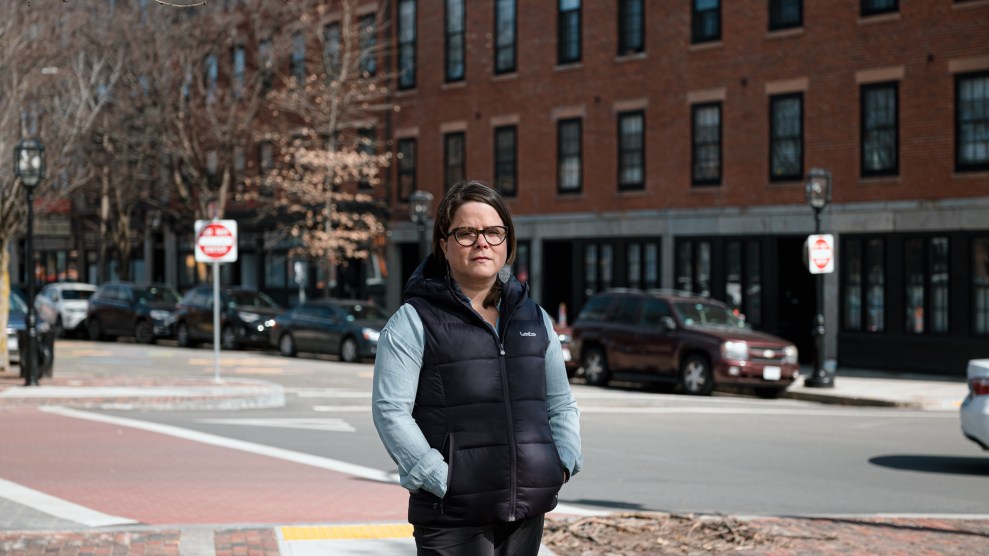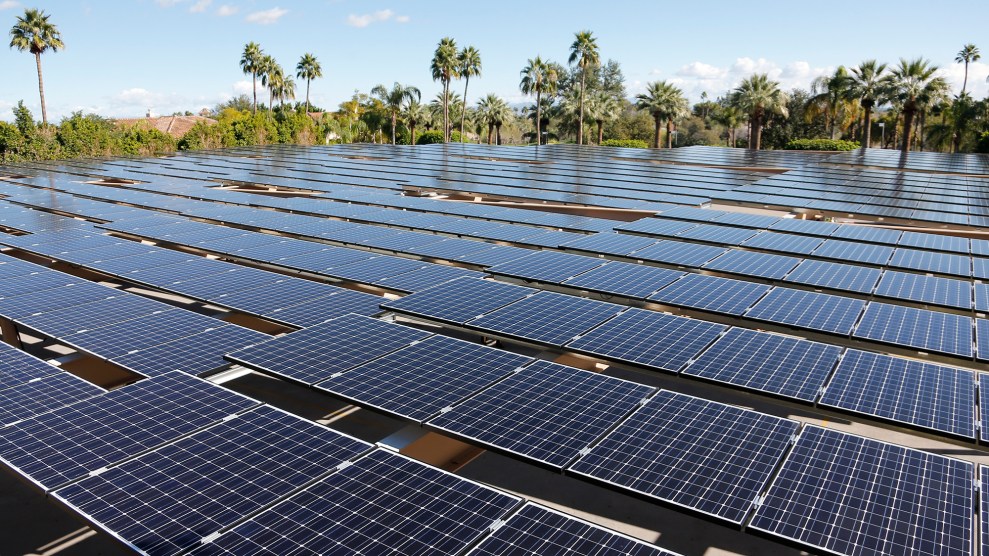
A rendering of the New Terminal One at John F. Kennedy International AirportAlphaStruxure
The United States is on the brink of its most consequential transformation since the New Deal. Read more about what it takes to decarbonize the economy, and what stands in the way, here. Leer este articulo en español.
Like the planes in the image above, microgrids are poised to take off. If you’ve never heard of them, you will soon. “A microgrid,” as journalist Lois Parshley explains in her accompanying story for our Electrify Everything package, “is basically a relatively small, local system that can generate, store, and/or distribute electricity, and can function off of the main grid if need be. They can be public or private, and consist of anything from a couple of neighbors sharing a solar panel to a bitcoin mine powered by its own wind farm.”
The viability of clean energy microgrids has long been thwarted by regulations and monopolistic utilities acting in their self-interest. But in recent years, plummeting costs and the easing of restrictions by some states have enabled the installation of hundreds of new microgrids—projects that offer energy resilience to small communities and make the main power grid less prone to costly failures. Behold snapshots of four projects in various stages of completion:
Be Less Evil
City leaders in San Jose, California, recently greenlit an ambitious proposal by Google to create an 80-acre downtown development with more than 7 million square feet of office space for 25,000 employees and a half-million more for stores, restaurants, arts venues, and nonprofits. There are also 4,000 new housing units—one-quarter set aside for low-income households. The project, which will pull nearly all of its power from a large microgrid of distributed photovoltaics and battery storage, is designed to discourage driving and “also prioritizes vibrant and healthy places to improve the collective social, physical, and mental wellbeing.”
One Nation Under the Sun
Last year, the Department of Energy granted the Navajo Nation $1.1 million for water pumps, high-speed internet, and a microgrid—solar farm, battery storage, and a propane generator for emergencies—to power 24 homes in the nation’s Kayenta Chapter. It’s just one of several renewables projects underway in Navajo territory, where nearly one-third of households lack electricity, and the landscape and Southwestern climate, as then tribal president Jonathan Nez pointed out, make it “a prime location to provide that type of energy.”
Now Do the Planes
Grid failures wreak havoc on air travel, so JFK International’s $9.5 billion New Terminal One, now under construction, will host New York City’s largest rooftop solar array, paired with battery storage and backup fuel cells whose waste heat can be harnessed to heat and cool water. When completed in 2030, backers say, it will be the region’s first transit hub able to function entirely off-grid and “maintain 100 percent of airport operations during power disruptions.”
Some Like It Lit
For years, the 510 or so residents of Hot Springs, North Carolina, relied on a single, 10-mile utility transmission line for their electricity, leaving them up the proverbial creek when that line went down. But in February, Duke Energy fired up a new solar-and-battery microgrid “that can power an entire small town if its main power line experiences an outage.” Bonus: The project reduces “the need for equipment upgrades in an environmentally sensitive area.”













